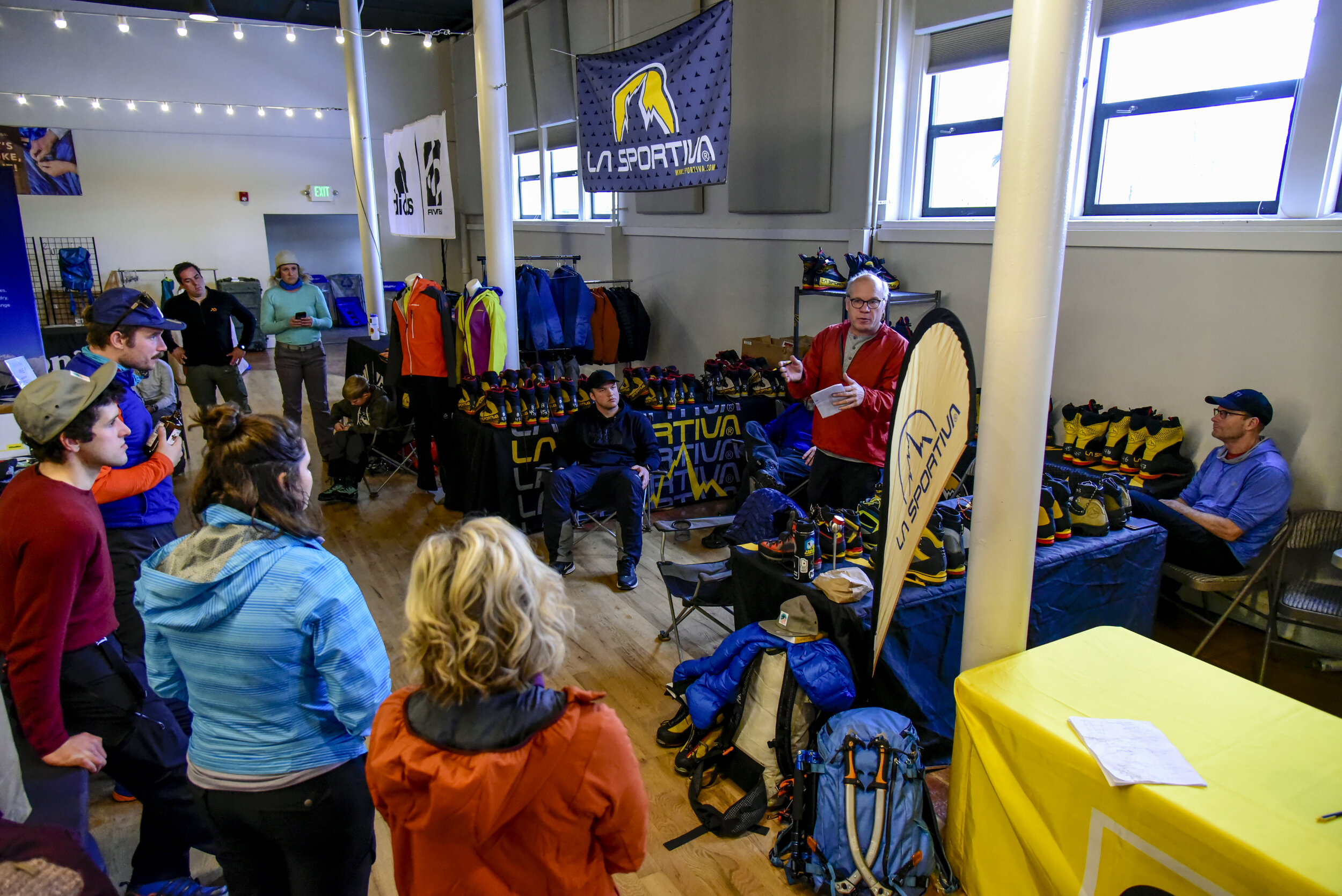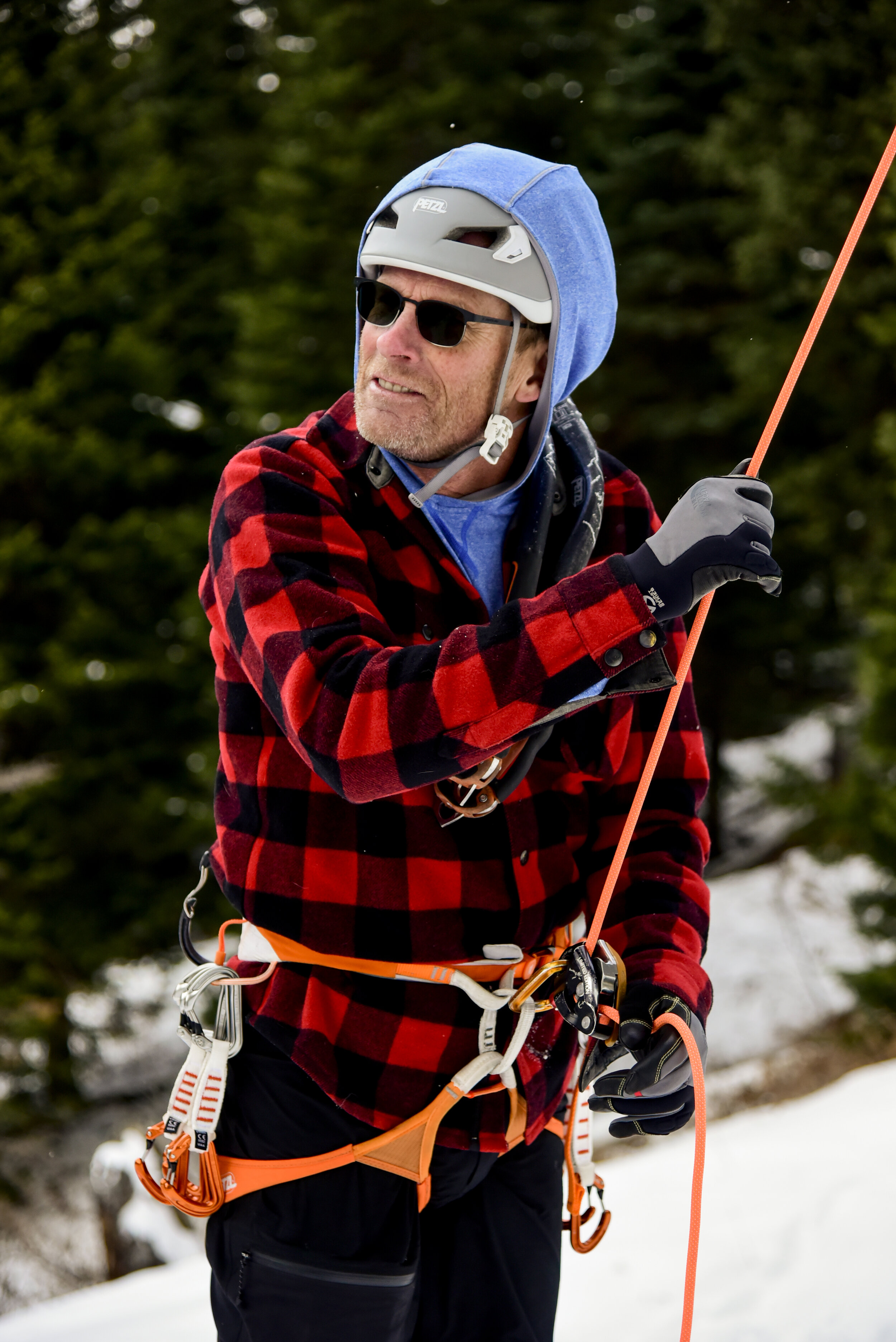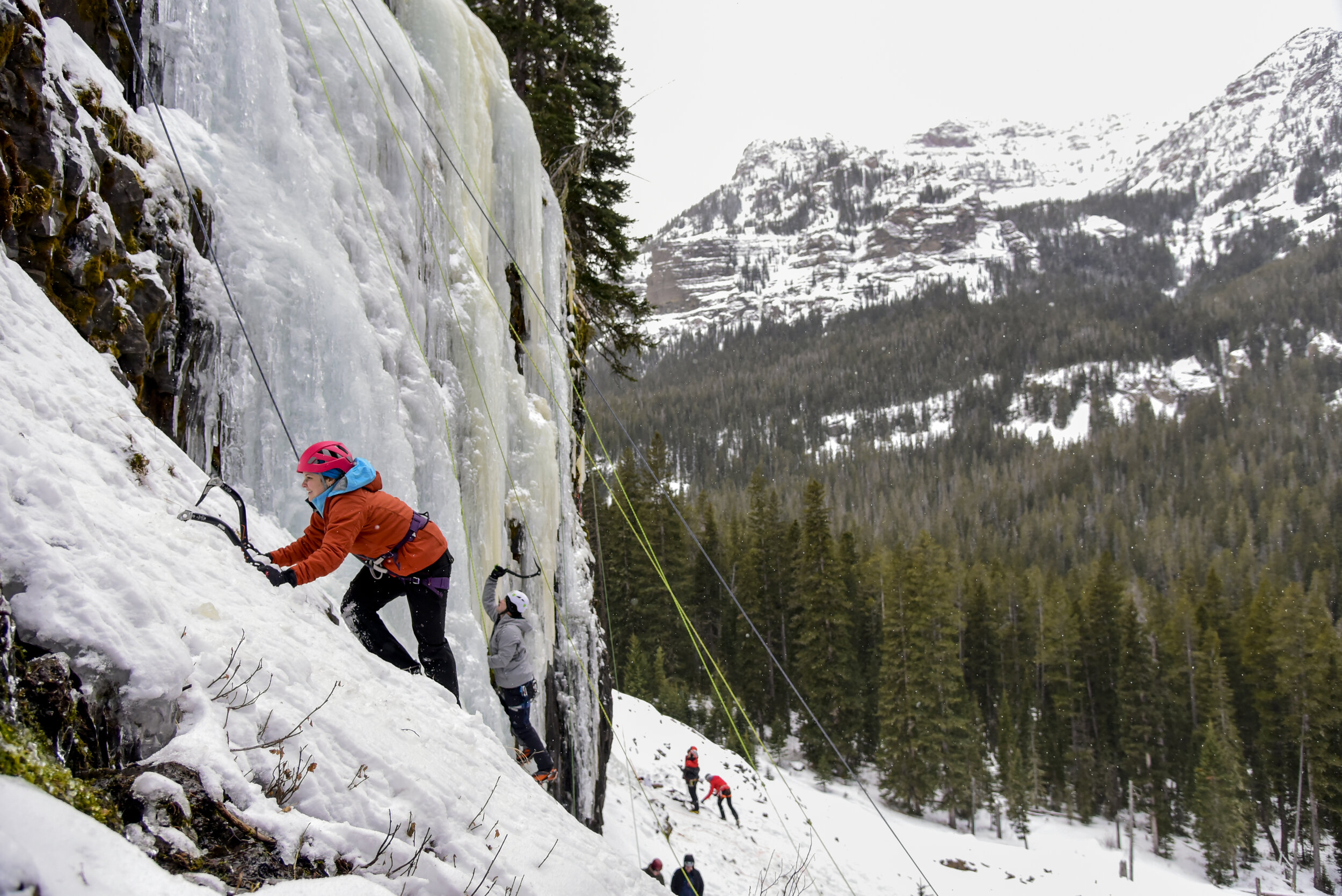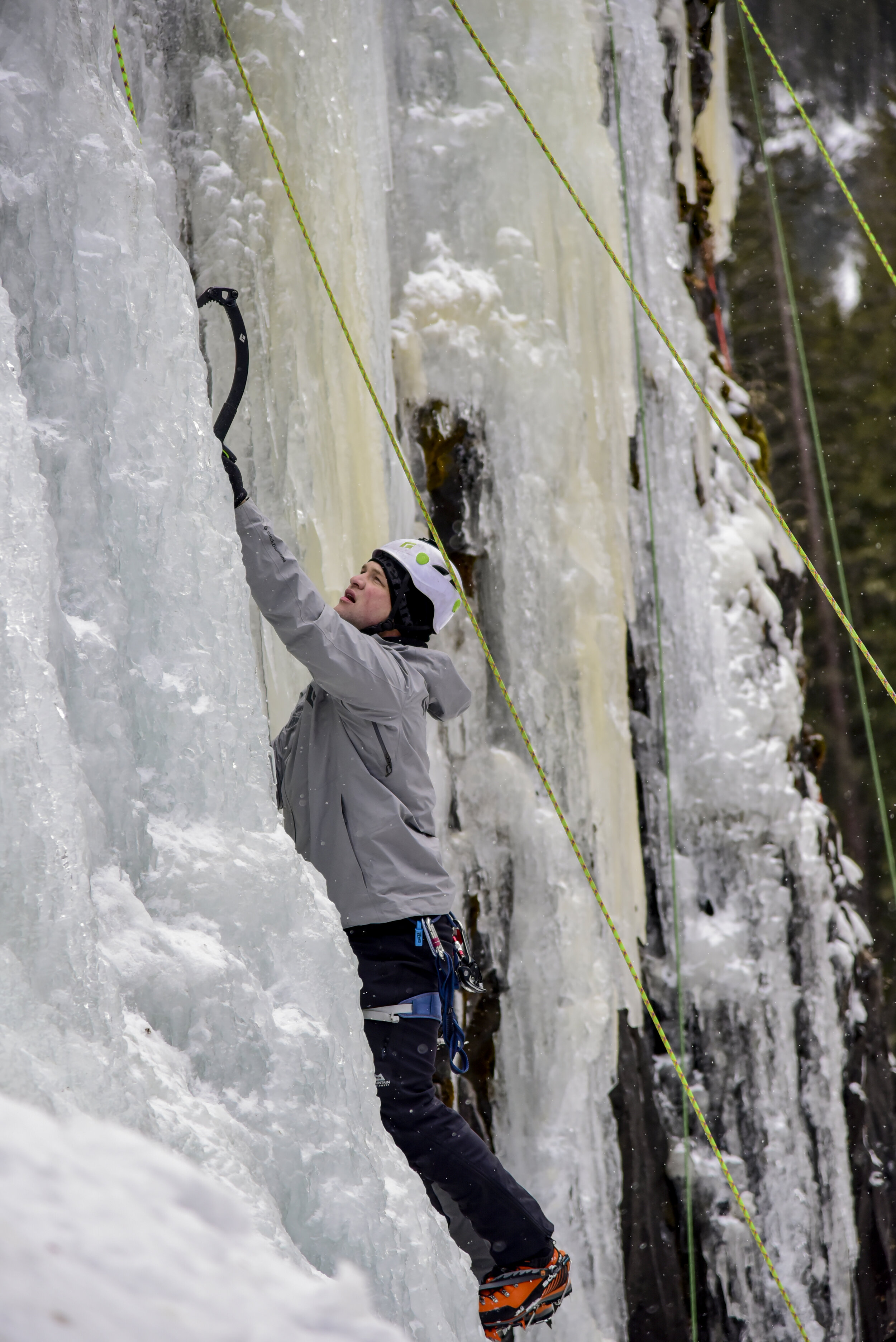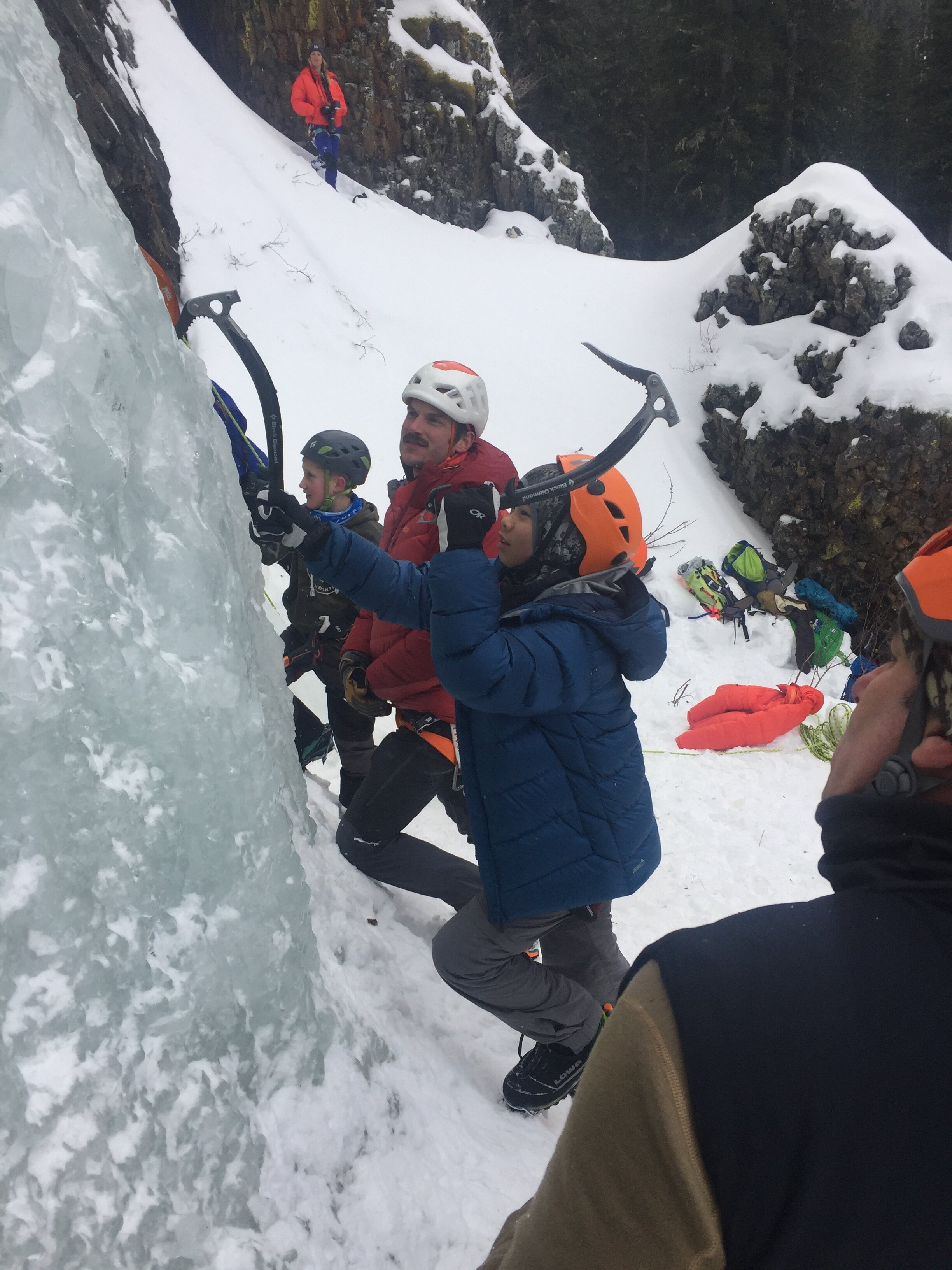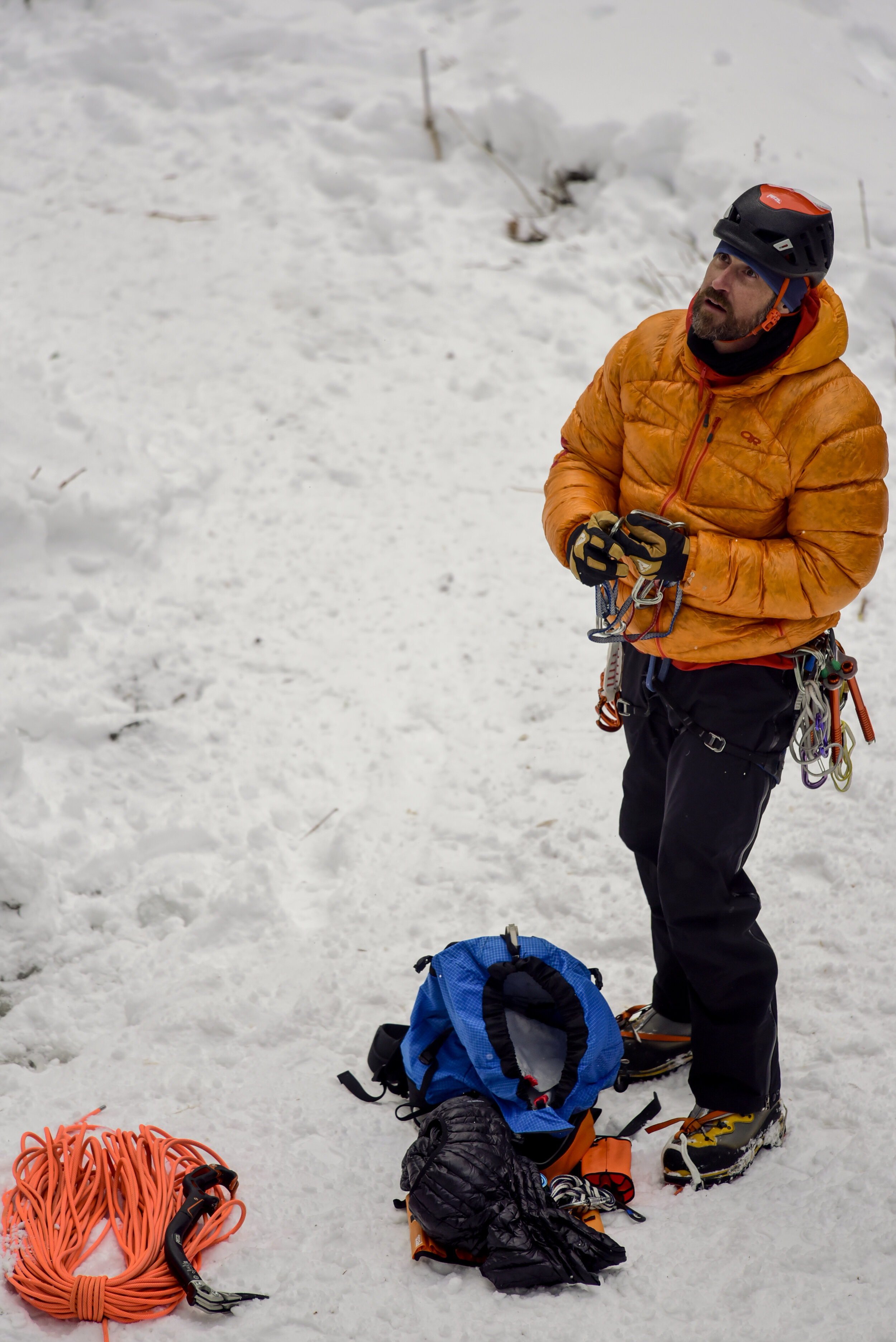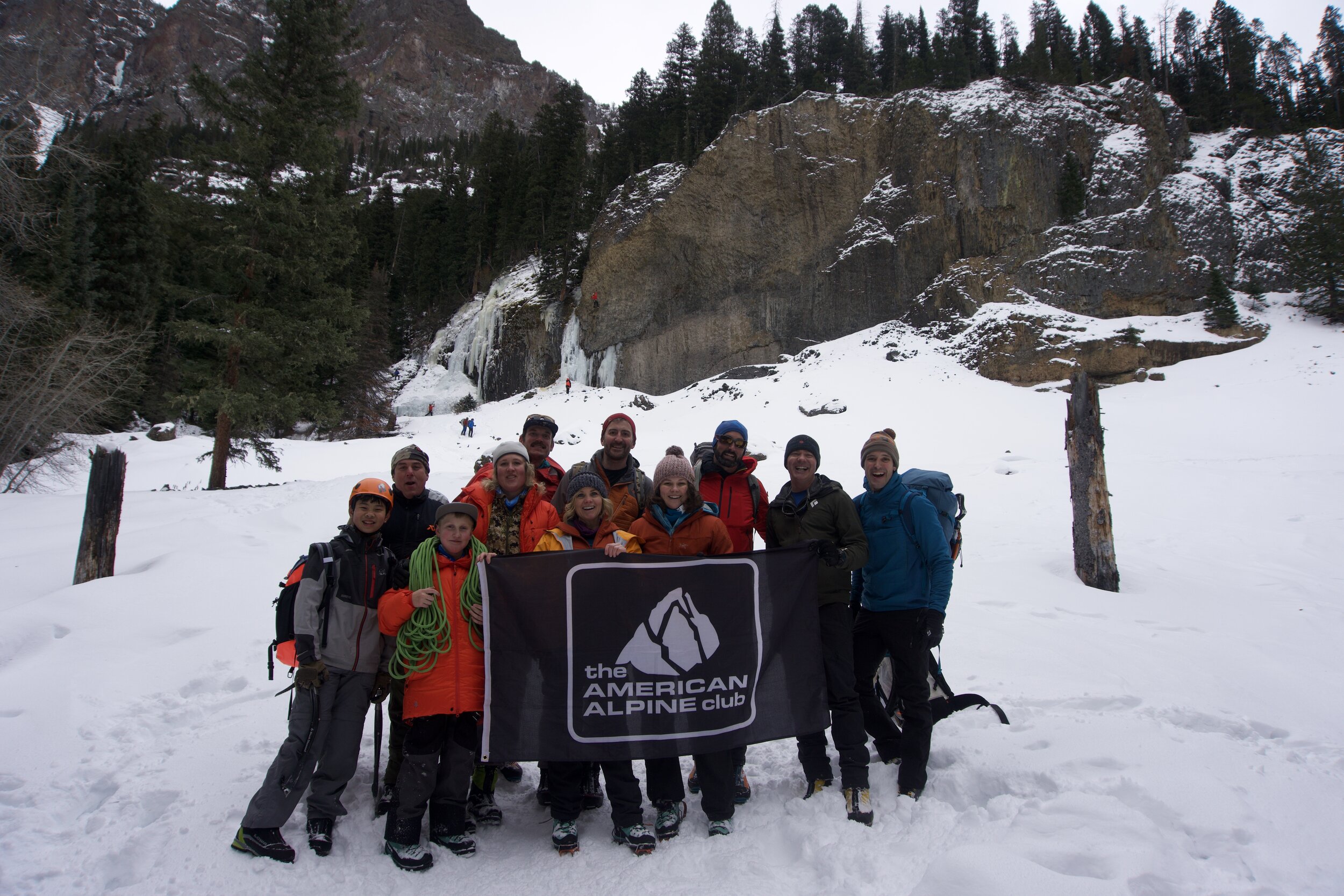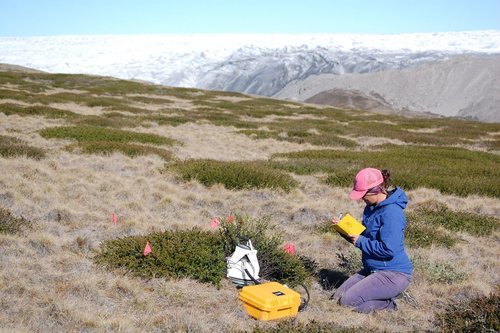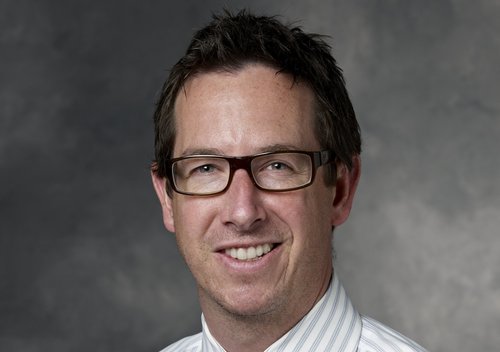On November 4th the American Alpine Club had the privilege of partnering with the Salt Lake Climbers Alliance (SLCA) for an intimate, COVID-safe, Hill to Crag event with Congressman John Curtis from Utah’s 3rd district. This district is home to many of Utah’s iconic climbing areas like Joe’s Valley, Moab, Indian Creek, American Fork Canyon, and Lone Peak Cirque. With Curtis representing so many climbers, it’s important for him and his team to gain an understanding of who the climbing community is, learn about the impact they have on local economies, and understand why it is important to both protect, and advocate for climbing resources in the state. The small group of local advocates traveled to American Fork Canyon, the traditional homelands of the Ute people, to connect with the Congressman, his Chief of Staff Corey Norman, and the Congressman’s wife Susan Snarr, over our shared love and gratitude for Utah's public lands.
Jason Hall, Susan Snarr, Congressman Curtis, and David Carter discussing SLCA updates Cody Kaemmerlen for Wilder Mind
Typically, Hill to Crag events are robust, full of AAC volunteers, local guide companies, businesses, local climbing organizations (LCOs) legislators, and land managers. This year we created a socially distanced atmosphere that was within the Utah County group size requirements, and made all participants feel safe. A few members of the SLCA policy team represented the LCO, and one AAC employee guided the Congressman and his group, along with two members of the local USFS district to Division Wall, an American Fork staple that the SLCA has spent time and resources to maintain through trail work and re-bolting efforts over the years. This area provided a perfect example of the work that is required to maintain the safety and conservation of a climbing area. The staging areas offered an example of the work LCO’s must due in order to combat the erosion that is occurring due to increased use of the resource. Our team was able to point to the work of LCO’s while also noting the need for continued and sustained funding for maintenance of these places.
SLCA’s Jason Hall, David Carter, and Grace Olscamp with Chief of Staff Corey Norman, Susan Snarr, Congressman Curtis, and Amelia Howe Cody Kaemmerlen for Wilder Mind
Once we arrived at the base of the climb, we kitted our team up in Black Diamond gear that the company graciously provided us for the event, went through safety and gear checks, and demonstrated climbing tips and tricks on the route. Once folks began to climb, the real work began. In between climbs and belays, the group discussed issues that are important to climbers on both a local and federal level, and asked the Congressman questions in order to gain a deeper understanding of where he and his team are coming from, and what their priorities are for the coming year.
Being on site with a Congressperson at a climbing area offers a unique opportunity to visually walk the individual through the process of bolting an area, maintaining trails, and explain the need for fixed anchor maintenance.
Chief of Staff Corey Norman and AAC’s Amelia Howe celebrating post successful climb! Cody Kaemmerlen for Wilder Mind
“When you connect a technical request with a visual experience, it is much more memorable, and if done well, there is an opportunity to create a champion in Congress who truly understands the value and technicality of the climbing resource. ”
One of the SLCA asks for the Congressman was for him to write a letter in support of a “Minimum Tool Requirement” that would allow for the streamlined use of a power drill in order to maintain the fixed anchors in the Lone Peak Wilderness area of American Fork Canyon. When the Congressman arrived at the top of the route, he was able to better understand what a fixed anchor is, and saw first hand the importance of maintaining this piece of the climbing system to ensure the safety of users. Check out SLCA's work on this issue here.
The AAC came prepared to discuss several key issues that our policy team is focusing on currently, including protecting the National Environmental Policy Act (NEPA), and promoting the 30x30 Initiative to protect 30% of America’s public lands and waters by 2030. Congressman Curtis sees the importance of acknowledging climate change and its impact on public lands, and understands the value of recreation. He had several great questions surrounding the 30x30 initiative and how it would impact Utahns, and the AAC was able to fill him in with a report on the bill.
Grace Olscamp, Jason Hall, Susan Snarr, Congressman Curtis, and David Carter discussing SLCA updates Cody Kaemmerlen for Wilder Mind
It was reassuring to hear the work that Congressman Curtis is doing to lead his party on various climate change initiatives such as the Utah Climate and Clean Air Compact, and his commitment to having hard conversations regarding why climate change should not be a partisan issue, but a people issue. You can check out his weekly series of “Curtis Climate Chats” on twitter, but here is a sneak peak to one he filmed mid climb in American Fork!
Days like this do not come often, but every time they do we leave feeling inspired and hopeful for the future of climbing management and America’s public lands. Building relationships with legislators is one piece to the climbing advocacy puzzle. We believe that events like Hill to Crag are key in finding common ground, educating folks on what the climbing system entails as well as what climbing and public lands mean to their constituents. It is important to come to events like this with an open mind, ready to share our policy desires, yet willing to hear feedback from legislators, and listen to their ideas as well. We are grateful for the opportunity Congressman Curtis, Corey, and Sue provided us, and are looking forward to continuing in the work with Congressman’s team moving forward.


























